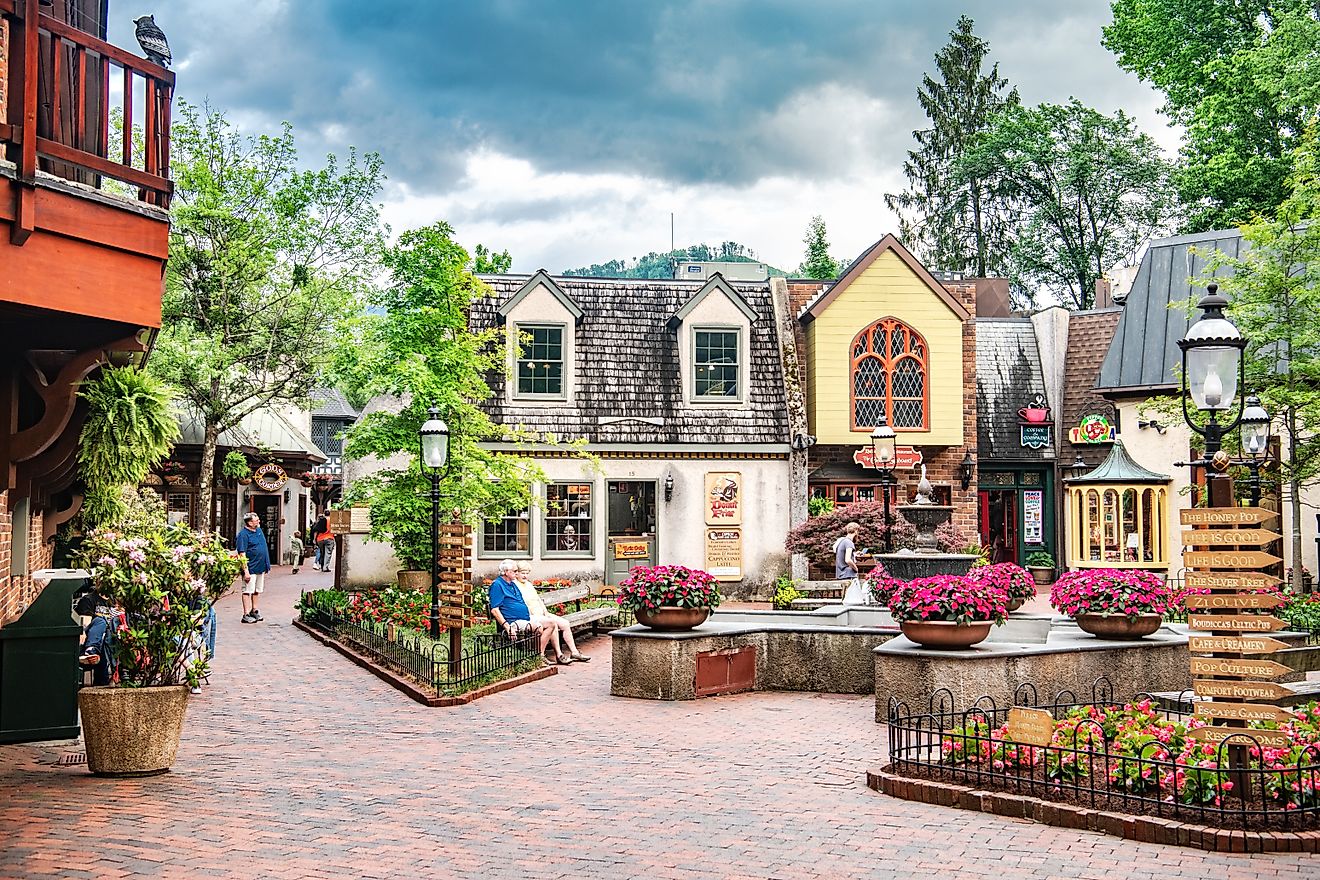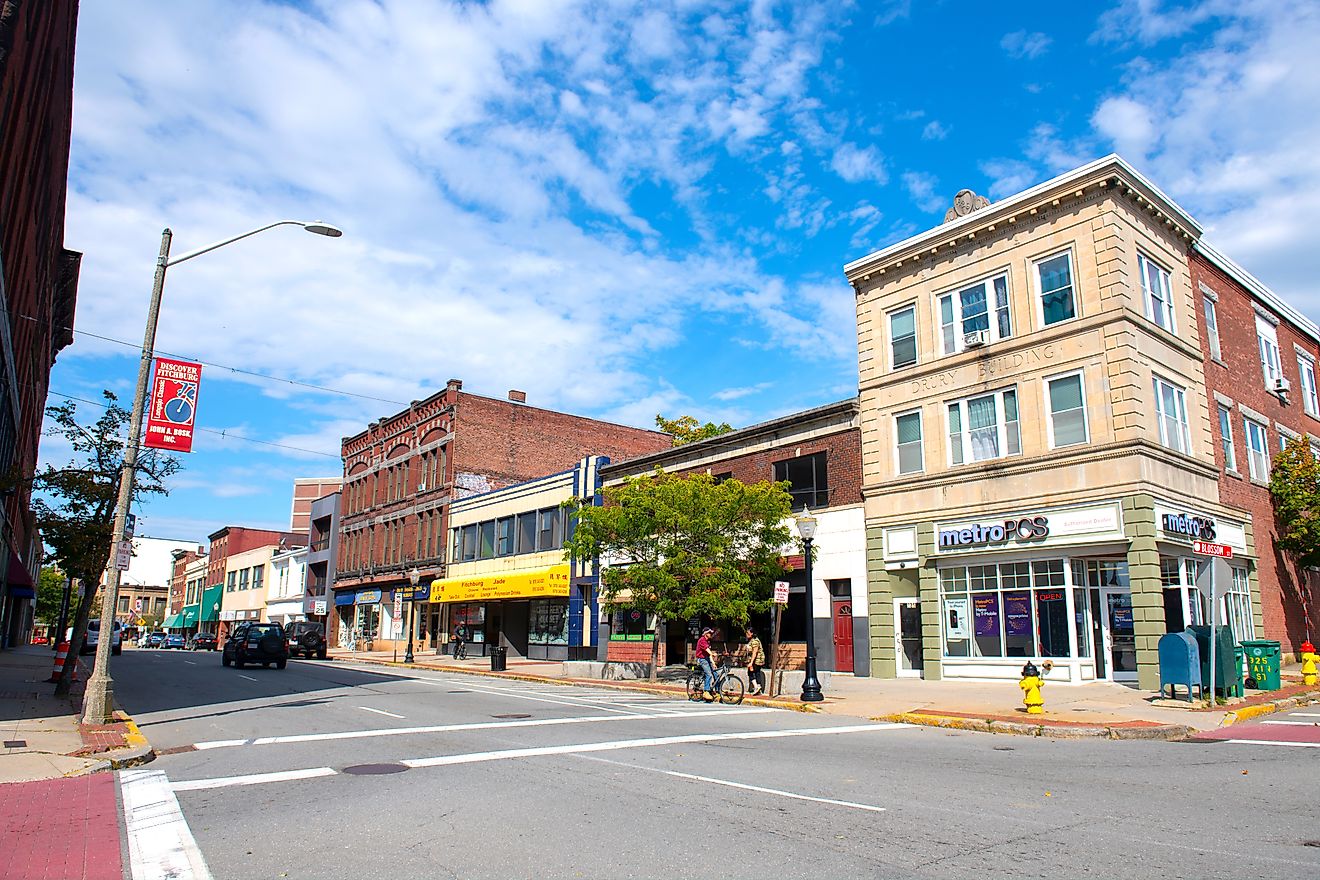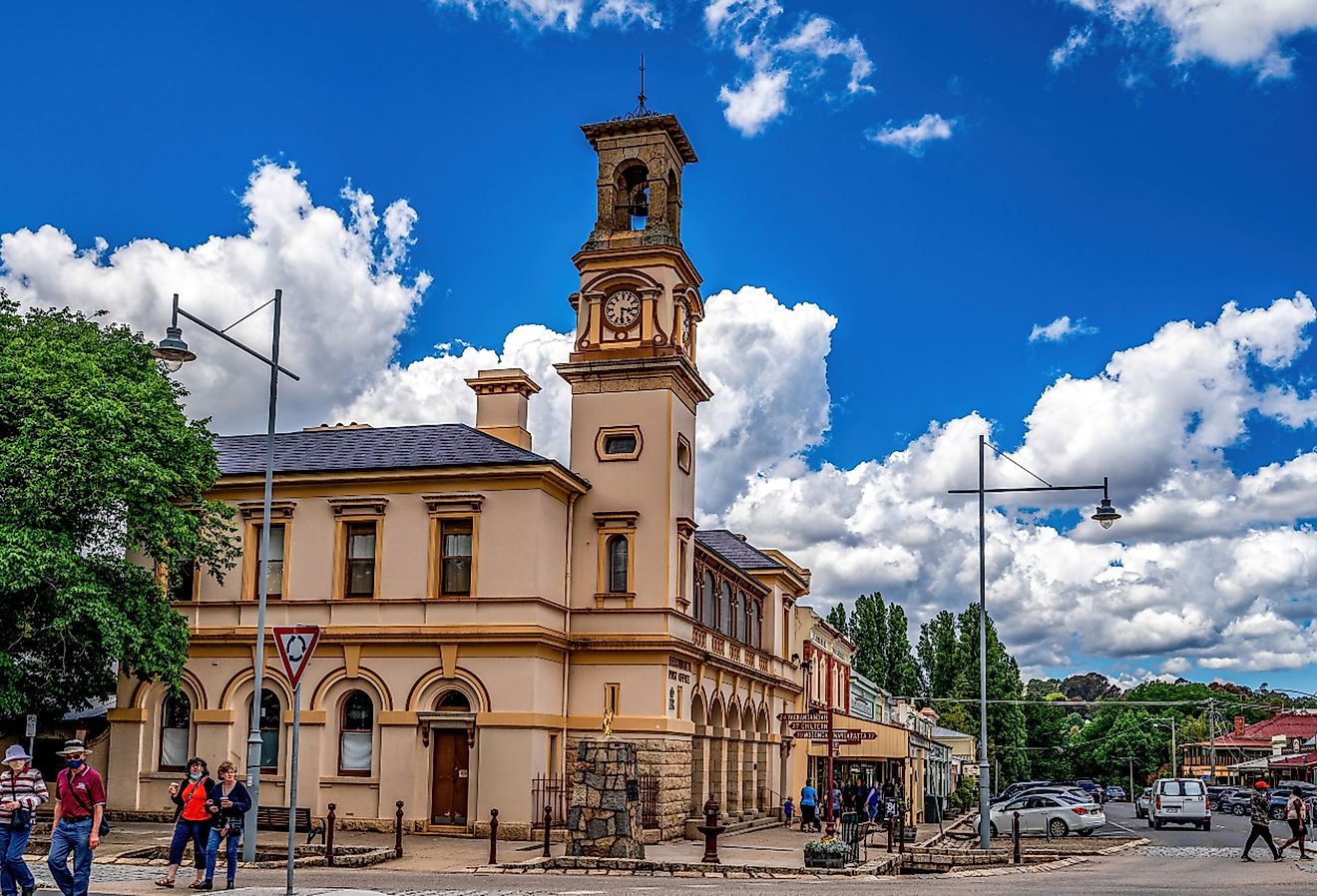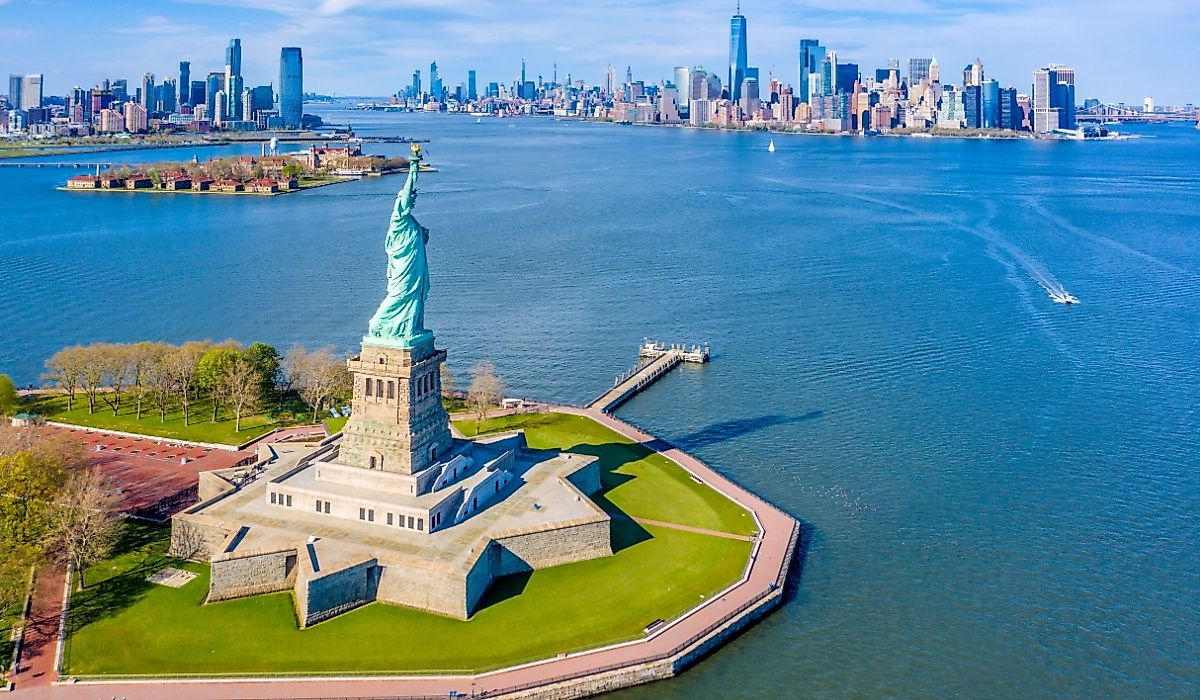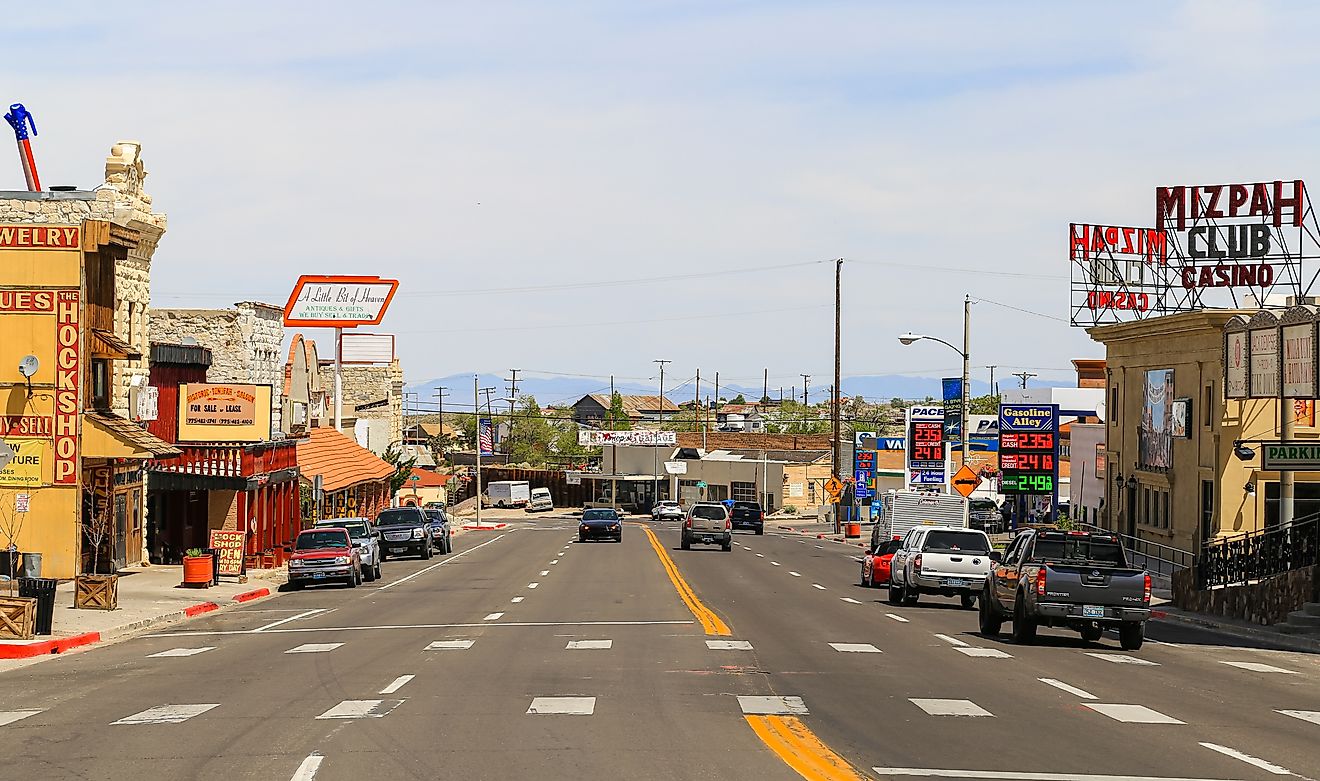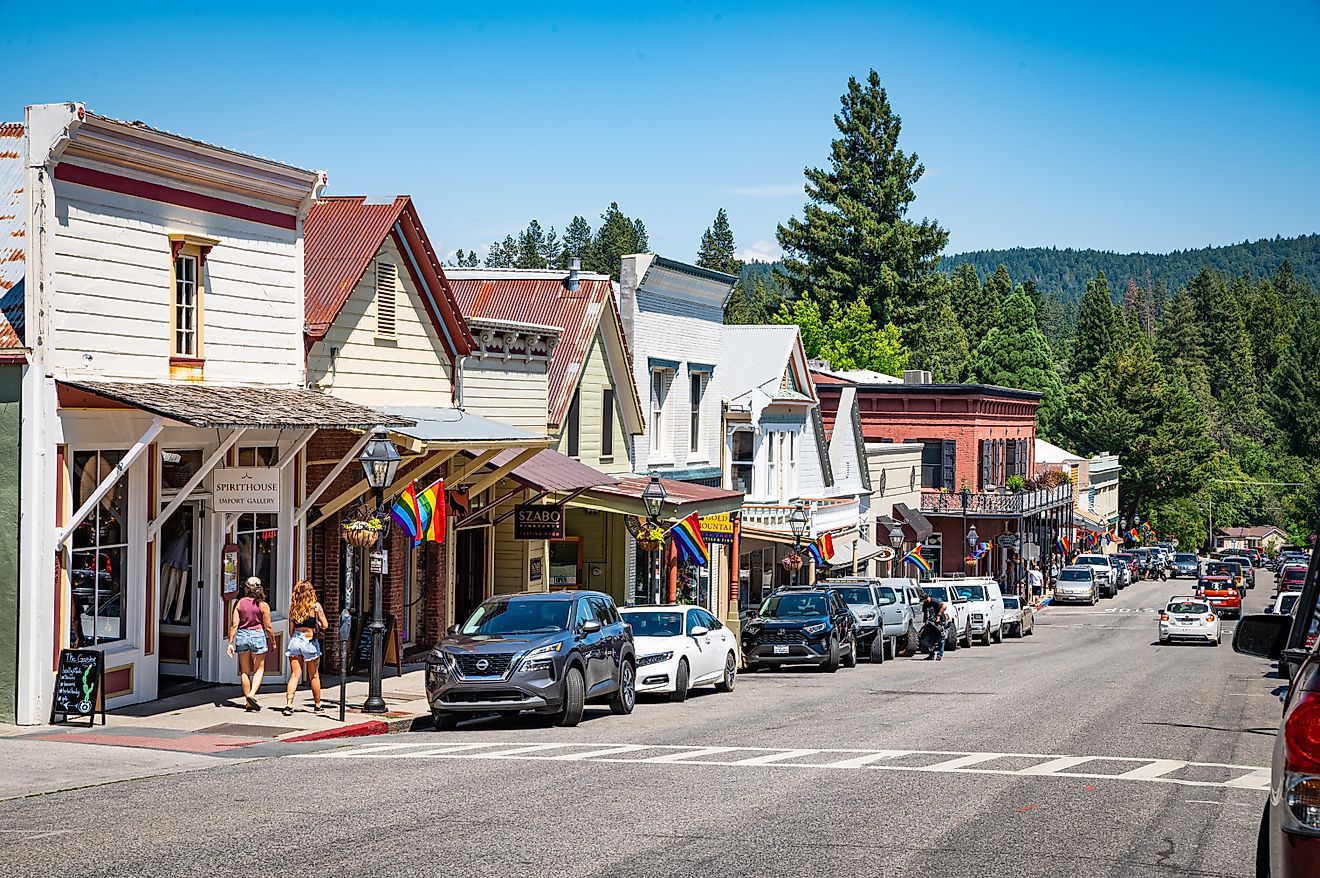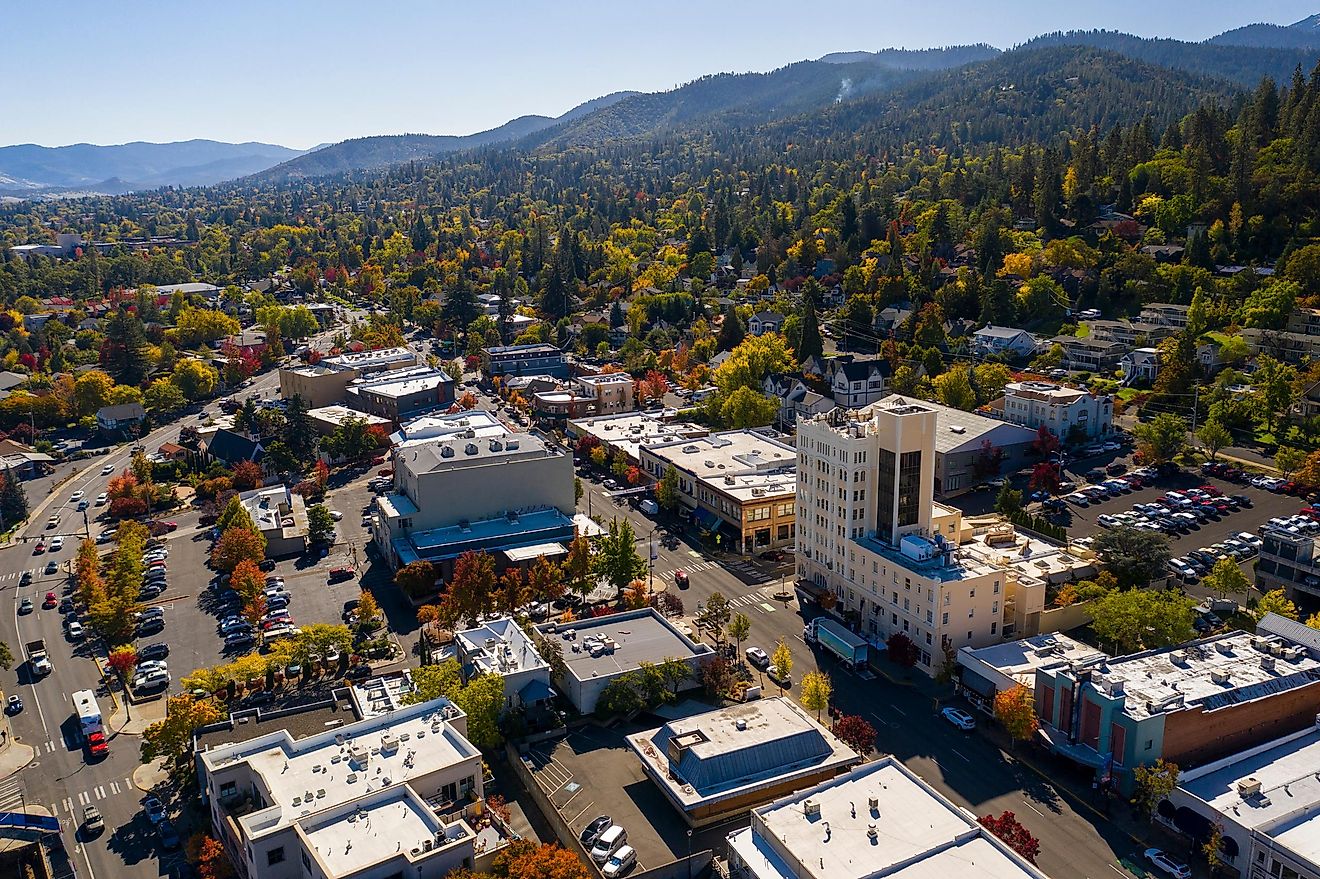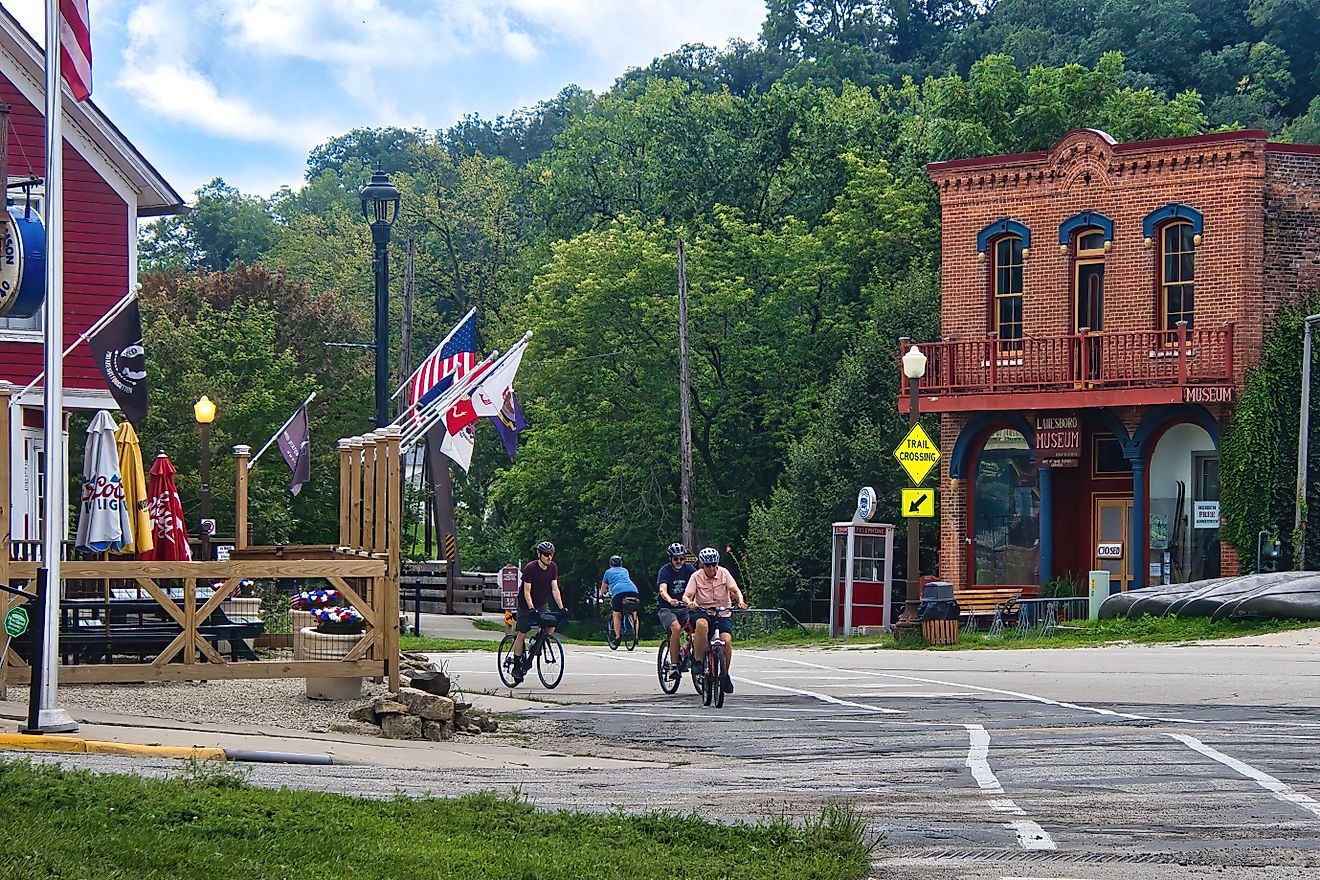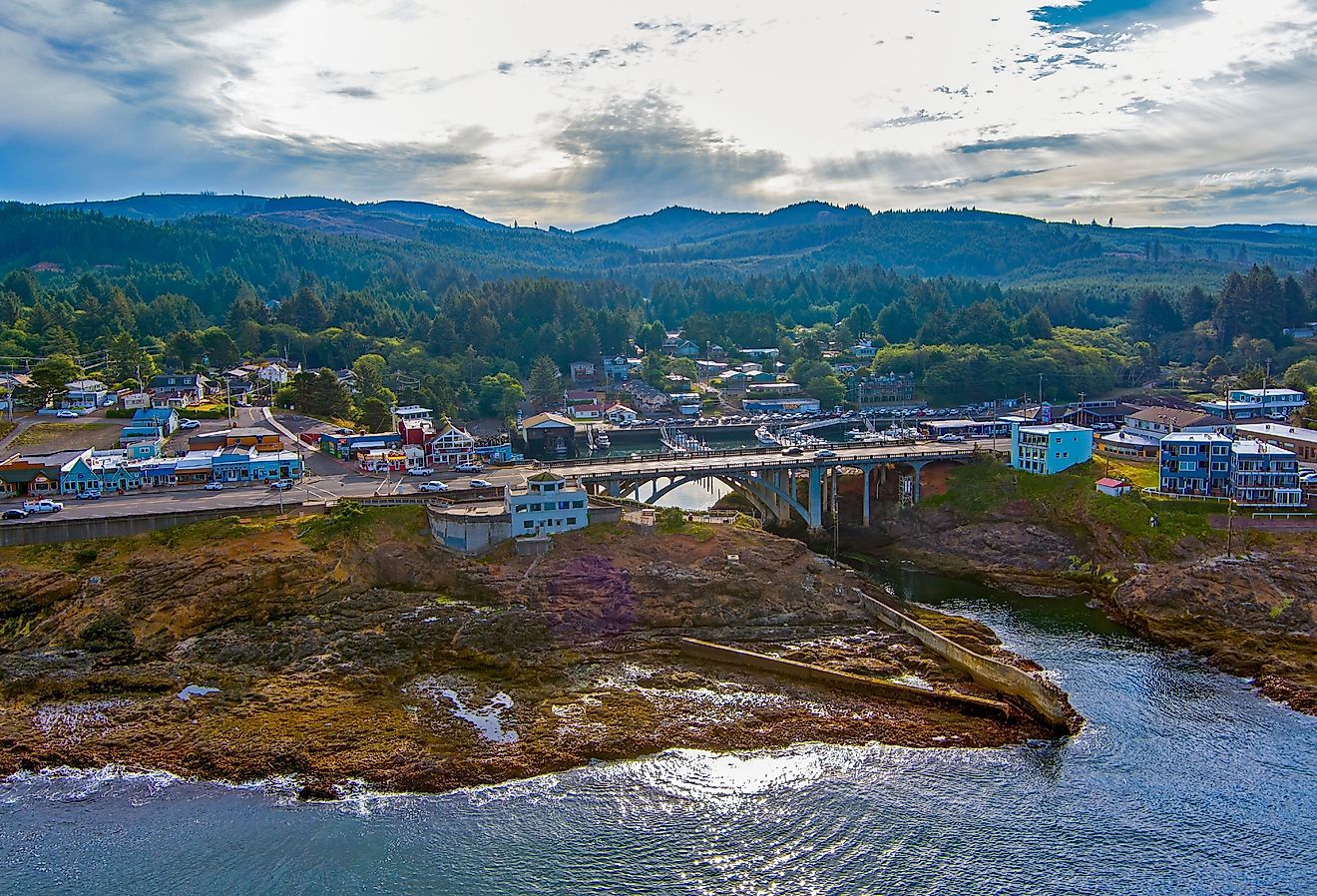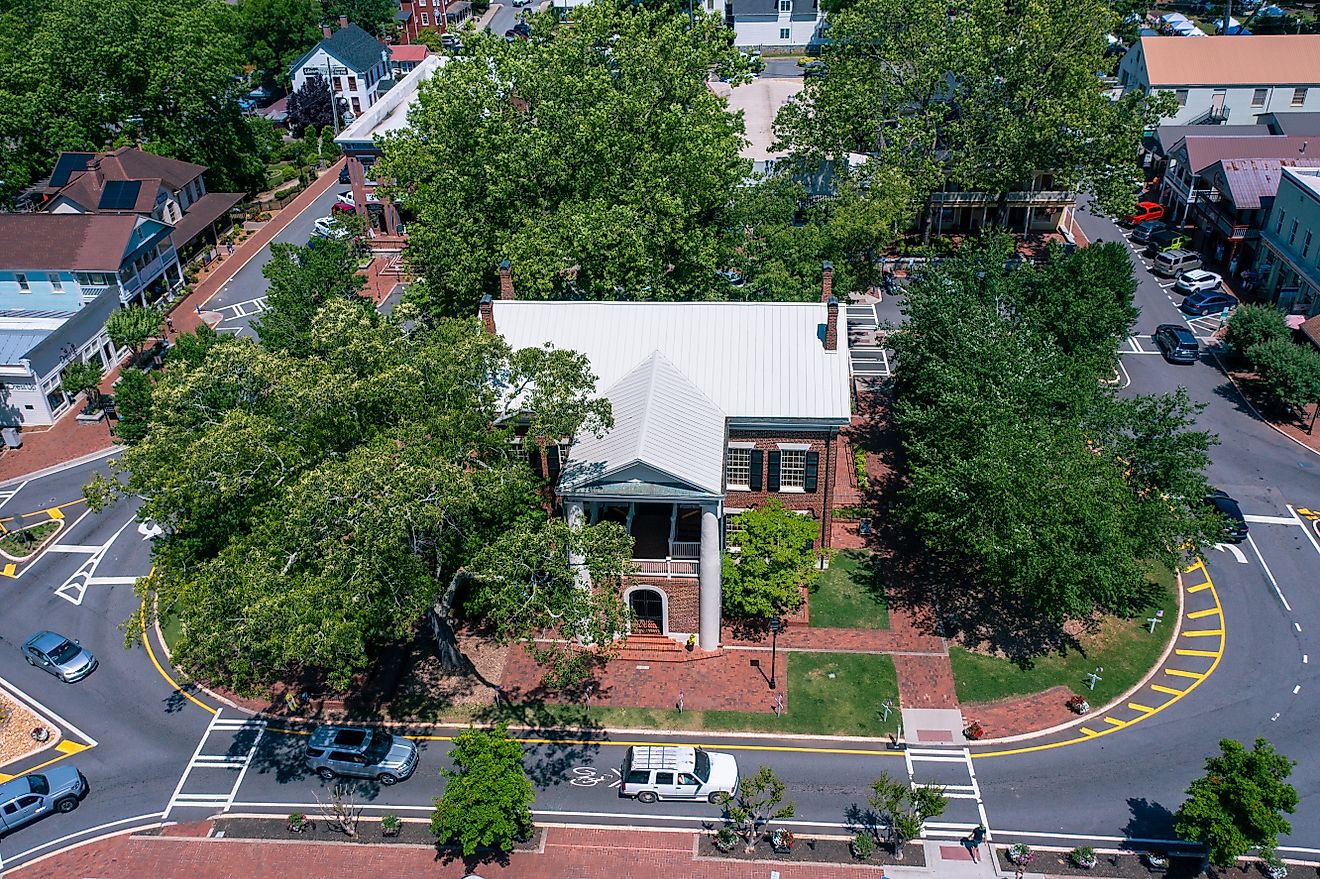
6 Louisiana Towns That Rival Europe's Best
How does a state in the American South feel like a quick trip across the Atlantic? Louisiana extends from the Gulf of Mexico northward to Texas, Arkansas, and Mississippi, and features waterways and bayous that serve as conduits for travel and trade. Initially founded and settled by the French and later governed by Spain, Louisiana is one of the last remaining states in the United States where European heritage is intertwined with daily life. Louisiana’s towns still reflect their legacy in architecture, festivals, and food, ranging from Gothic Revival homes and historic districts along riversides. If you crave cobblestones, tastes of the old world, and a living history without leaving the country, check out these six Louisiana towns that rival some European favorites.
Breaux Bridge
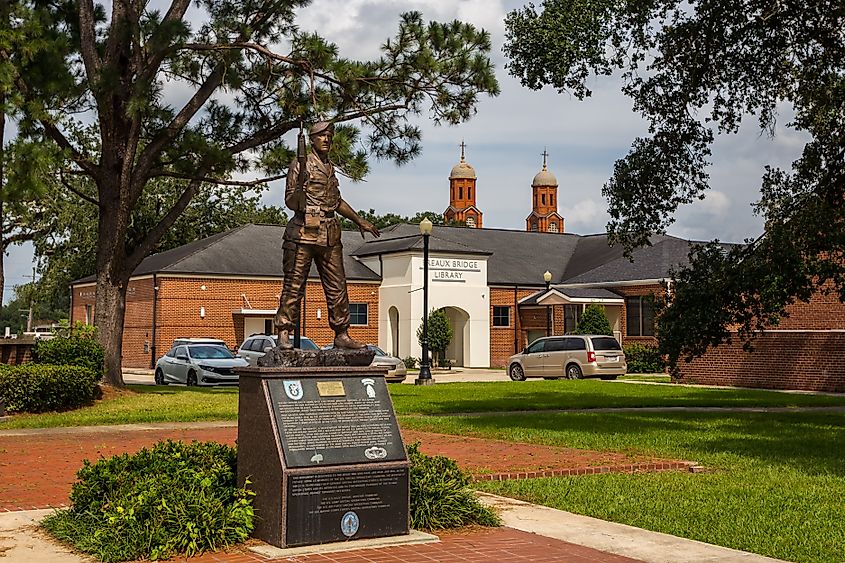
French colonists exiled from Nova Scotia brought Cajun French language, cuisine, and traditions to Breaux Bridge. The St. Bernard Catholic Church (1933) in the Breaux Bridge Historic District exemplifies French Catholic heritage while still serving the local community. Just down the road is La Poussière Cajun Dancehall, where Cajun music continues the tradition, with performances by Geno Delafose & French Rockin’ Boogie, a tribute to Breaux Bridge’s Acadian heritage reflected in the heart of the Cajun culture.
Outside the downtown area, Champagne’s Cajun Swamp Tours offers guided boat tours through the bayou, often narrated in Cajun French, where wildlife and water traditions meet. Breaux Bridge has been la capitale Mondiale de l’écrevisse since 1959, and each May, the Breaux Bridge Crawfish Festival combines French flavor with Louisiana culture.
New Iberia
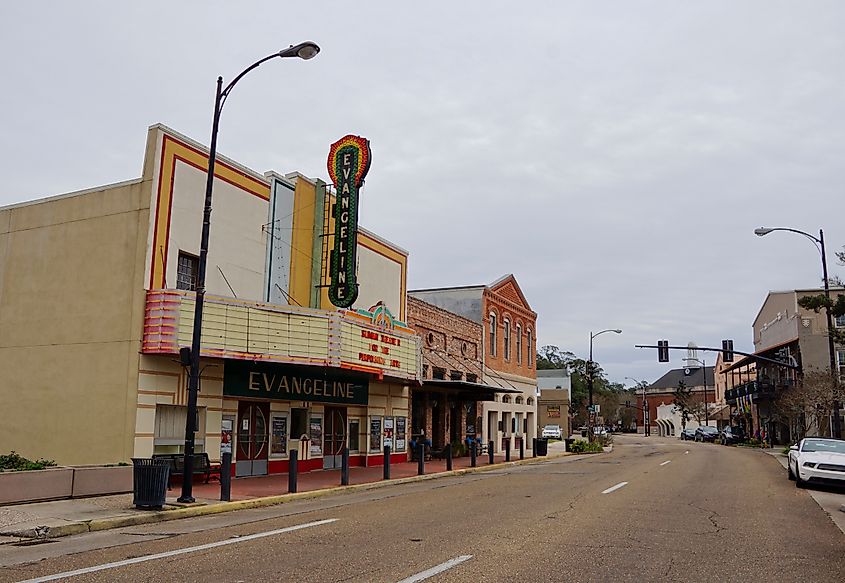
Founded in 1779 by Spaniards led by Francisco Bouligny, New Iberia became home to Acadian exiles from Nova Scotia, whose French heritage shaped the town’s culture. First, spend some time walking around Old New Iberia, which Forbes named “one of the prettiest towns in America,” and visit the Bayou Teche Museum on Main Street to trace the area’s French heritage, sugar cane industry, and literary tradition. Then, visit The Shadows-on-the-Teche, a Greek Revival plantation house built in 1834, with guided tours through furnished rooms with antiques from the period.
The Rip Van Winkle Gardens are just a short drive from there, where semitropical flowers surround a restored Victorian home. In April, the New Iberia Spanish Festival adds another European dimension to the town’s heritage with parades, dancing, and paella cook-offs, where the town’s Spanish ancestry comes to life.
Natchitoches
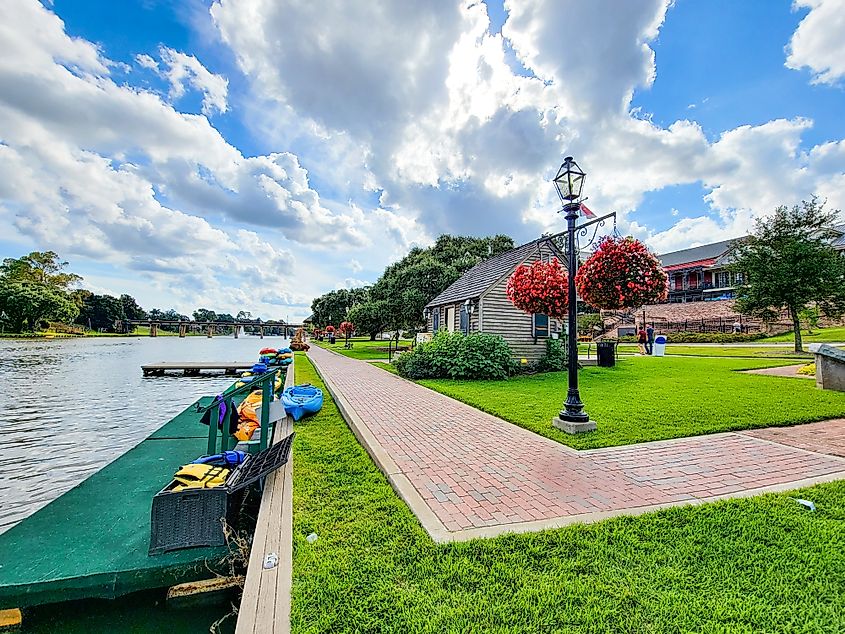
Founded in 1714 by French settlers, it’s the oldest permanent settlement in the Louisiana Purchase and still leans into its European roots. Much of the city’s European-linked historic assets exist in the Natchitoches Historic District, which can be walked in a couple of hours. In the district, you can tour the Prudhomme-Rouquier House, one of the early 1800s Creole-style townhouses, and enter the Minor Basilica of Immaculate Conception Church, a French Catholic parish overlooking the Cane River. Fans of film and Southern architecture should visit the Steel Magnolias House, used in the movie and preserved with period interiors.
A leisurely couple of blocks from downtown is the Fort St. Jean Baptiste State Historic Site, an 18th-century French fort reconstruction with costumed interpreters bringing colonial Louisiana to life. Each September, the Natchitoches Meat Pie Festival celebrates a dish that blends Native, French, and Spanish culinary heritage.
St. Francisville

St. Francisville began as part of Spanish West Florida in the early 1800s, settled by Anglos who later rebelled against Spain. In the heart of town is the West Feliciana Historical Society Museum, where visitors learn about the history of the French and Spanish colonial eras through period artifacts. Not far away is the Rosedown Plantation State Historic Site, which has a spectacular 1835 house decorated with fine pieces brought from both the North and Europe.
Right down the road are the Afton Villa Gardens, part of the landscape vision of Mrs. Barrow, who designed them based on Gothic mansions she observed in France. Their turrets, towers, and terraced grounds were completed in 1857. Nature lovers can also visit Cat Island National Wildlife Refuge, home to one of the largest bald cypress trees in the nation. Every October, the Yellow Leaf Festival fills the historic streets with art, crafts, and music.
Abbeville
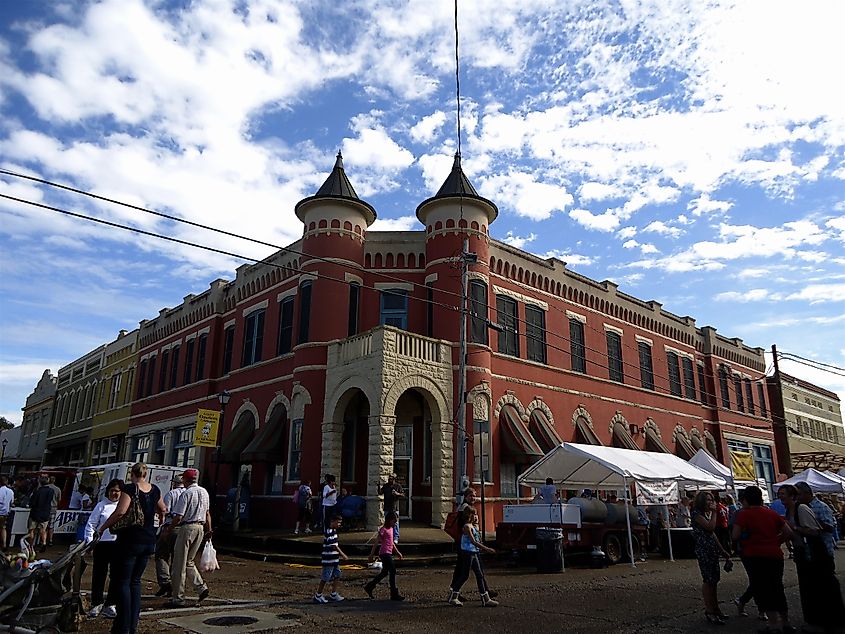
Founded in 1843 by French Capuchin missionary Father Antoine Désiré Mégret, Abbeville carries the atmosphere of a Normandy market town. Your adventure begins in Magdalen Square, a European-style plaza with storefronts along its border, where you will find the Abbeville Farmers Market, packed with fresh farm produce, baked goods, and local crafts. Once done exploring the market, walk into St. Mary Magdalen Catholic Church, a Romanesque landmark with remarkable stained-glass windows created by avant-garde European artisans. Just down the road lies the McGowan-Barksdale-Bundy House, distinguished by Queen Anne-style gables and spindlework, reminiscent of European elegance in the 19th century.
In the afternoon, drive a couple of miles south to Palmetto Island State Park, a peaceful refuge with hardwood forests and slow-moving waterways, reminiscent of rural France. In November, return to Magdalen Square for the Giant Omelette Celebration, inspired by Napoleon’s army feast in Bessières, France, and made here with 5,000 eggs.
Eunice
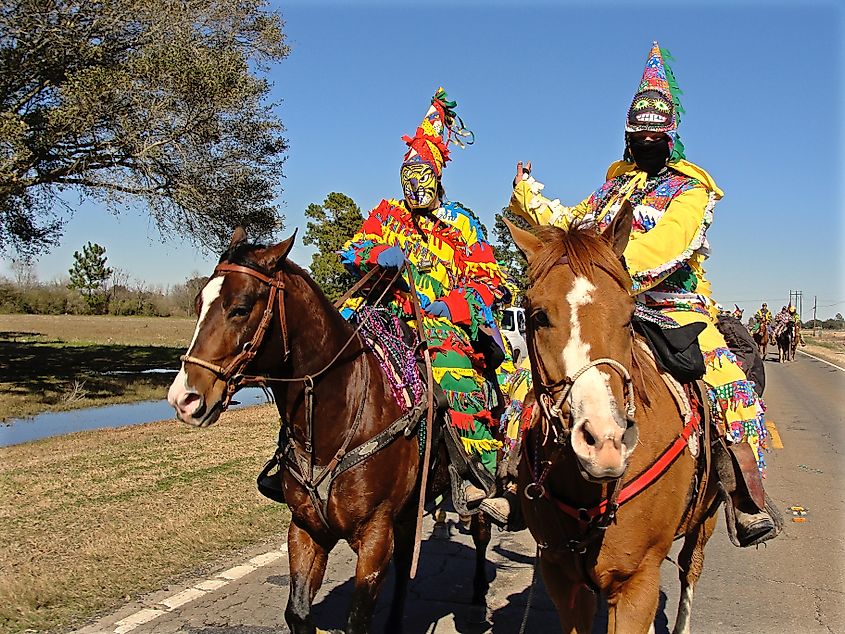
This town preserves French Acadian traditions in ways few Louisiana towns can match. Start at the Eunice Depot Museum, housed in a refurbished 1912 train depot, to discover how settlers journeyed from France through Nova Scotia. The next stop is the Cajun French Music Hall of Fame and Museum, where instruments, records, and memorabilia honor the musicians who kept the French language song alive.
For a break from the culture, stop by the Shallow Lake Hunting Preserve for seasonal waterfowl and game hunting in a tranquil marsh. Back in town, browse Beaucoup for unique and handmade gifts before the Cajun Mardi Gras Festival. Participants parade in medieval costumes, filling the streets with music, dancing, and traditions carried from rural France.
Europe, Reimagined In Louisiana
The towns sprinkled across Louisiana provide a direct and accessible connection to Europe through tradition and shared architecture. The continued French, Spanish, and Acadian influence manifests in festivals, parish churches, and historic districts that create a corridor of centuries of connections with each journey. Visitors can walk along routes laid out by colonial settlers, visit estates echoing their European aristocratic heritage, and join festivities rooted in stories and myths originating in France. Louisiana offers diverse natural settings, from bayous to riverside parks, that provide a backdrop to historical places as rich as the past. Louisiana’s cities may be a media draw, but the small towns represent the true echoes of Europe. The culture is intact, the heritage is alive, and the welcome is as warm as it has been for centuries.
